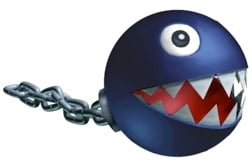EcoSystems Quiz: Energy Flow & Food Chains
- NGSS
- AP Biology
2.
We’ll put your name on your report, certificate, and leaderboard.










 Back to top
Back to top






